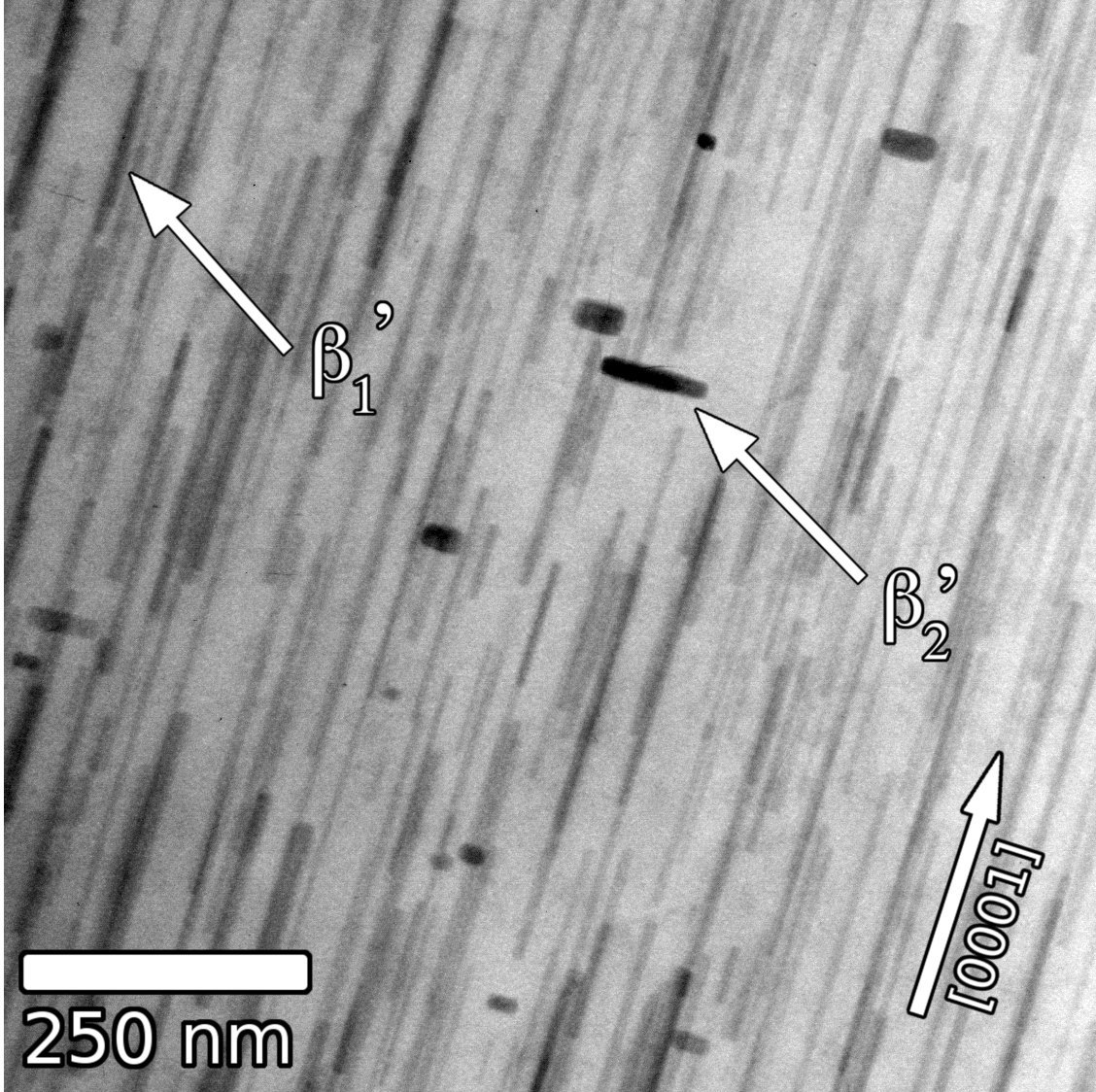
It’s my pleasure to inform you that after almost 1.5 years of work, Julian Rosalie and I finally managed to get this paper out (open access arXiv version).

To summarise: we studied the ageing process of magnesium zinc alloys with TEM (Julian) and SAXS (me). When ageing these alloys, nano-scale rod-like structures (precipitates) grow inside, which helps improve the physical properties of the alloy. While it is possible to use TEM to monitor this growth, we found out that SAXS also works quite well for this.
Using SAXS, thorough data corrections and the Monte-Carlo method (with rod-like precipitates), we managed to average over tens of trillions of these precipitates to get a decent size average, complete with volume fractions and uncertainties. The comparison between the TEM distributions (from manually measuring 500 precipitates) and the SAXS distributions shows that SAXS indeed gives the right answer!
Using SAXS, we can therefore reduce the pressure on the electron microscopist to count large numbers of precipitates in many samples. In the methodology put forward in this paper, the electron microscopists’ task is the visualisation of the nanostructure, and some minor quantification tasks. The SAXSist can then take care of the brunt of the quantification tasks. As an added bonus, the SAXS measurements are quite easy, so we can easily measure many samples without getting stressed. It’s also no problem to do it in-situ!
The next step is to extend the measurement range of SAXS with Ultra-SAXS, and to try to get more information out this way. There has been some recent progress on this, which I will be able to tell you about (hopefully) in a week!

Leave a Reply